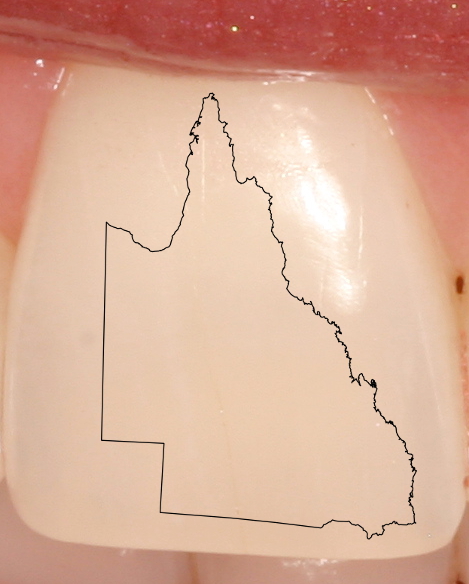Poorer regions fluoride deprived
 Disadvantaged Queenslanders face higher dental disease risk due to a lack of fluoridated water.
Disadvantaged Queenslanders face higher dental disease risk due to a lack of fluoridated water.
A recent study by University of Queensland biostatistician Christopher Sexton has highlighted a significant health disparity affecting Queenslanders from lower socio-economic backgrounds, primarily due to limited access to fluoridated water.
The research shows a direct correlation between socio-economic status and the availability of this crucial oral health resource across the state.
Around 80 per cent of Queensland's population, predominantly in southeast regions of higher socio-economic standing, have access to fluoridated water.
“Areas of socio-economic disadvantage in the state were less likely to have access to fluoridated water and its benefits for oral health,” Sexton says.
This discrepancy has led to an “avoidable greater risk of poor oral health outcomes” for those in less affluent areas.
The study, conducted by the University of Queensland's School of Dentistry, calls for a reevaluation of the current model for water fluoridation implementation, which was delegated to local councils in 2012.
The lack of fluoridated water not only exacerbates oral health issues but also places a strain on healthcare services, especially in rural and remote areas where dental services are scarce.
“Avoidable dental pain and infections can end up being treated by GPs in these areas, placing an unnecessary burden on healthcare systems,” Sexton said.
Professor Loc Do, a co-author of the study, noted that Queensland lags behind other Australian states in fluoridation coverage, despite substantial evidence supporting its benefits.
“Research has found water fluoridation reduces the prevalence of decayed, missing, and filled teeth in Australian children by up to 42 per cent,” Professor Do says, calling for policy revisions to extend fluoridation's reach and improve the oral health of all Queenslanders, particularly those in disadvantaged communities.
The study is published in The Medical Journal of Australia.








 Print
Print